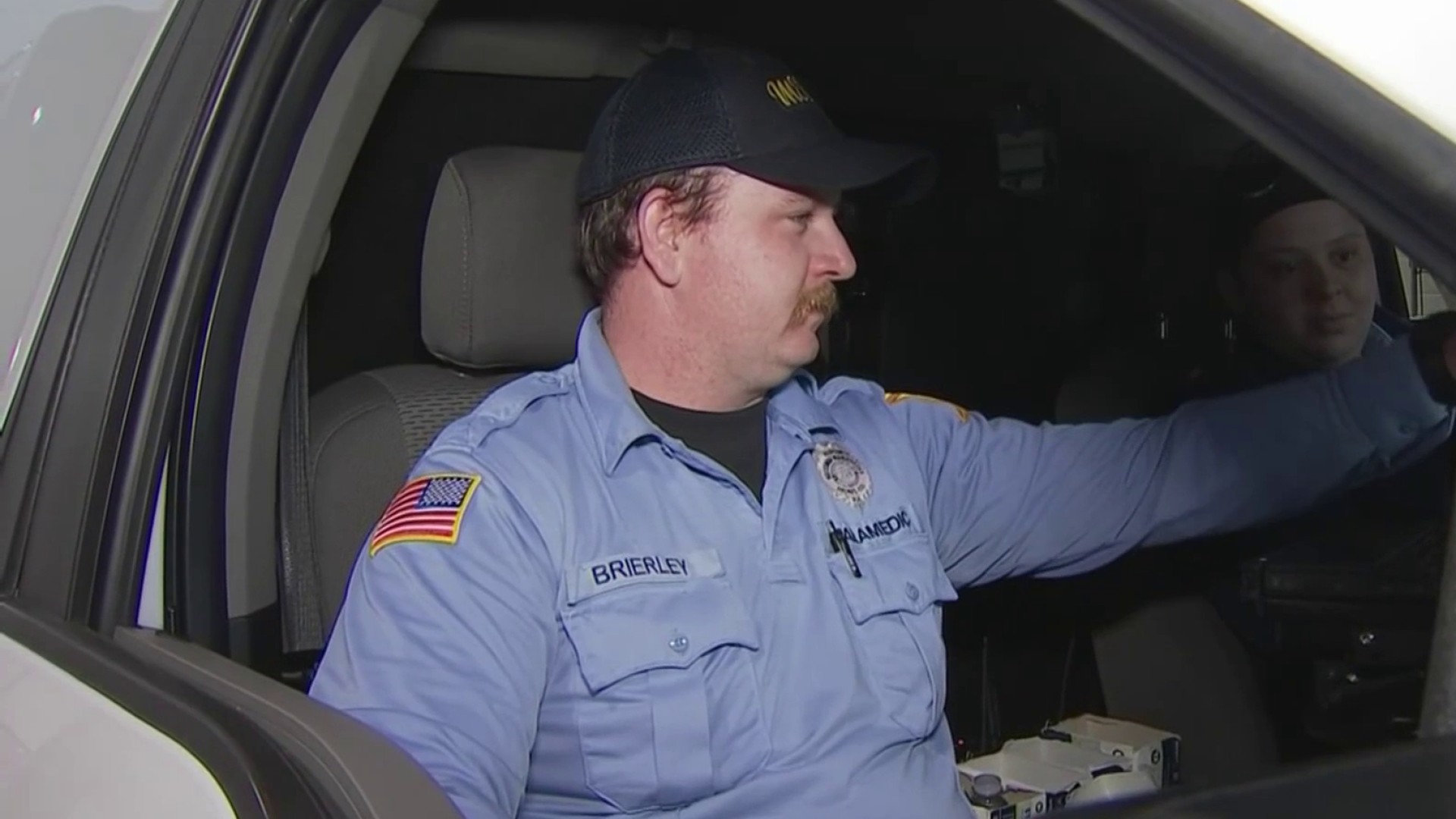Jemma Cromie misses her parents, her kid brother and even the dozen or so sheep that graze on the fields surrounding her home in New Zealand.
The only vestiges of her life before she moved into the Glen Gardner home of Tom Novak and Maggie Reluzco are the few jars of the extract spread called Marmite that she managed to squeeze into her luggage.
Nothing could cure the exchange student's inevitable bouts of homesickness like a few games of her favorite sport, underwater hockey.
But here in the U.S., where a pickup game of basketball or football is only a few text messages away, finding a handful of experienced players for an informal game of underwater hockey has left her swimming in circles.
Cromie's Google searches have yielded few leads, and none of her new friends at Voorhees High School have played the sport, let alone heard of it.
"It would be great if I could find even five or six players just to get into the pool and play,'' said Cromie, 17. "The best part about underwater hockey is that it's a very unique sport, so people are always interested to hear and learn about it.
"It's a 3-D sport in a way that you can come at the puck from any angle unlike any other sport, which I reckon is pretty cool.''
Local
Breaking news and the stories that matter to your neighborhood.
Back home, Cromie plays mostly forward on the Chilton St. James School team. She started playing in school in seventh grade and has stuck with it.
New Zealand -- two islands, one flag, millions of sheep -- has become a hub for the sport. It's offered in the country's schools just as soccer and baseball are offered here.
Not entirely foreign
While it's no surprise that the intrepid land that gave us explorer Sir Edmund Hillary and bungee jumping would embrace underwater hockey, the U.S. has been slower to warm up to it, said Mike Opuszynski, the northeast regional director of USA Underwater Hockey.
But he was encouraged by the turnout at July's national tournament in Brown Deer, Wis., where club teams with colorful names such as the Colorado Pooligans and his own Connecticut Barnacles were joined by teams from the University of Florida, George Mason and Michigan State. A high school in the Cincinnati area sent two teams.
The New Jersey Hammerheads, who met regularly at a pool in Newark, participated in previous national tournaments. However, the Hammerheads, who were believed to be the only organized underwater hockey team in New Jersey, has switched their focus to underwater rugby, said player Rolexi Pinzon.
And there doesn't appear to be any organized underwater hockey teams in eastern Pennsylvania.
Submersible strategy
Much like its distant cousin, ice hockey, the object of underwater hockey is to use a stick and your five teammates to negotiate around your opponent and put the puck into the goal. Since, in underwater hockey's case, this is done at the bottom of a pool filled with 6 or 7 feet of water, the surfacing of players for a few gasps of air can figure into the attacking team's strategy.
"When you're underwater, every player must be like a quarterback,'' Opuszynski said. "You have to know where all your teammates are. You have to watch the entire game and be ready to react and know what to do with the puck before you get it. You have to be able to respond to teammates and your opponents. You have to know how long your teammates can play while holding their breath.''
And sometimes, you have to be ready for a battle. While the British originators of the sport in the 1950s intended for underwater hockey it to be a noncontact sport, Cromie says some of her games can get pretty feisty.
"The other girls I've played against can be very aggressive,'' she said. "I've gotten bruises and scratches. I've been hit with other players' flippers. And sometimes when you want to come up for air, you have to fight because there are so many people on top of you.''
Quality time
Until she finds enough players to get a game going, she's making the most of her time in the U.S. Cromie says she enjoys going to Voorhees since it offers classes such as ceramics that aren't available back home.
Novak and Reluzco have also opened their home up to Czech Republic exchange student Kamila Kutnarova. They have taken their houseguests for walks through Central Park and tours of the Philadelphia Art Museum. Trips to Boston and Washington, D.C., are in the works.
Despite a busy schedule, says Cromie, she starts to miss home when she thinks about her family, friends and teammates on her underwater hockey team.
"It's been a little hard,'' she said. "Sometimes I'll see on Facebook what they're doing. It makes me feel a little homesick. It makes me feel like I'm far away.''
___



